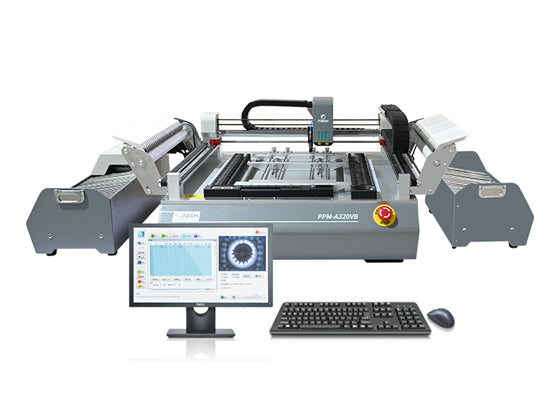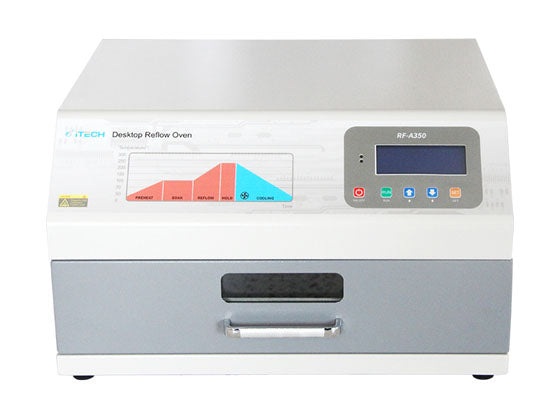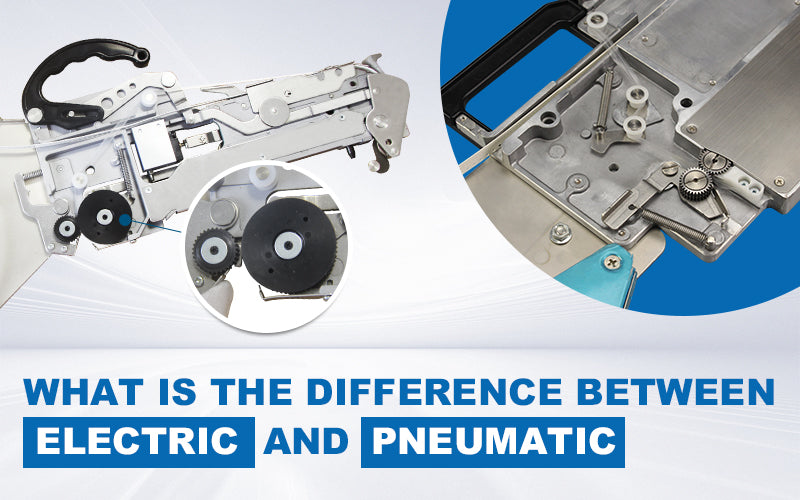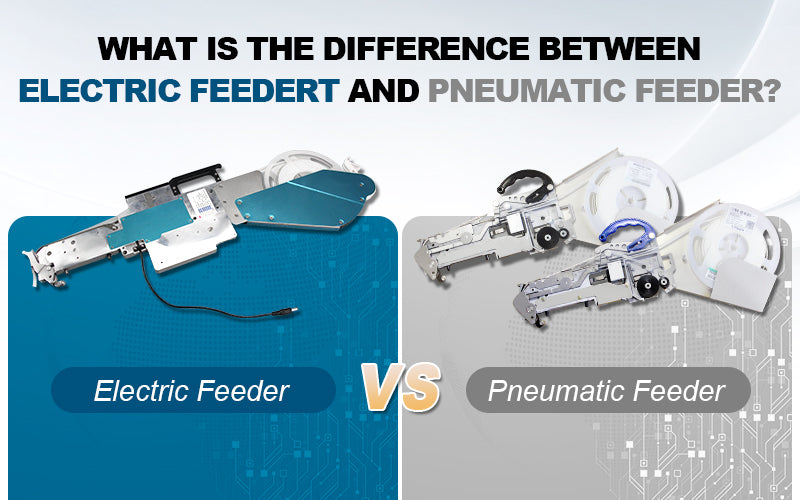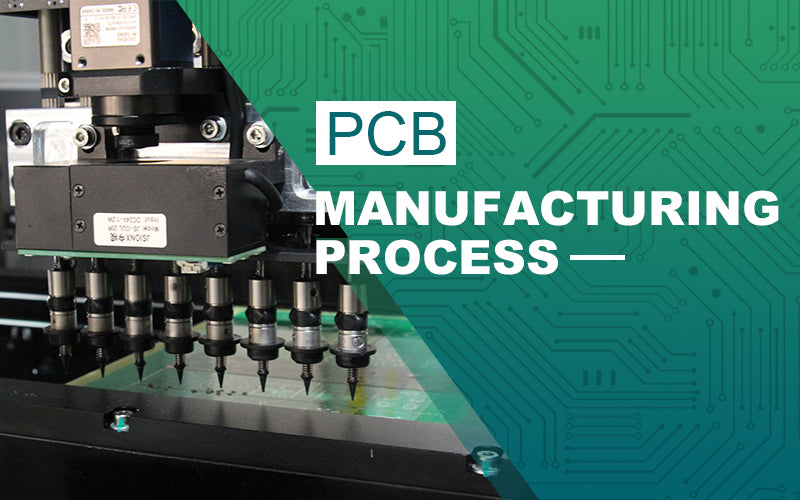Electric and pneumatic systems are both methods of powering various types of machinery and equipment, but they differ in the way they generate and transmit energy. Let's explore the key differences between electric and pneumatic systems and the factors that influence their selection:
Energy Source:
Electric Systems: These systems use electricity as their power source. The energy is typically generated by electric generators or obtained from an external power grid.
Pneumatic Systems: These systems use compressed air as their power source. Air compressors are used to generate and store compressed air.
Energy Transmission:
Electric Systems: The energy is transmitted through electrical wires and cables. Motors, solenoids, and other electrical components convert the electrical energy into mechanical work.
Pneumatic Systems: Compressed air is transmitted through pipes and hoses. Pneumatic actuators, such as cylinders and pneumatic motors, convert the compressed air energy into mechanical motion.
Control:
Electric Systems: Control is typically achieved using electronic devices, such as switches, relays, and programmable logic controllers (PLCs). Electric systems offer precise control and can be easily integrated into automated processes.
Pneumatic Systems: Control is often achieved using pneumatic valves. While pneumatic systems may not offer the same level of precision as electric systems, they are often simpler and more cost-effective for certain applications.
Speed and Force:
Electric Systems: Electric motors can provide a wide range of speeds and forces. They are suitable for applications that require high precision and variable speeds.
Pneumatic Systems: Pneumatic systems are generally faster than electric systems, but they may not provide the same level of precision. They are well-suited for applications where high force and speed are essential.
Environment:
Electric Systems: Electric systems are clean and produce no emissions, making them suitable for indoor applications. They are also quieter than pneumatic systems.
Pneumatic Systems: Pneumatic systems may release small amounts of compressed air, and they are often used in applications where a clean environment is not critical.
Here are 4 factors to consider when deciding between electric or pneumatic?
- Application Requirements: Consider the speed, force, and precision needed for the application.
- Cost: Evaluate the initial costs, maintenance expenses, and energy efficiency of each system.
- Environmental Conditions: Consider factors such as cleanliness, noise levels, and the presence of explosive or hazardous materials.
- Integration with Automation: Determine how easily the system can be integrated into automated processes.


